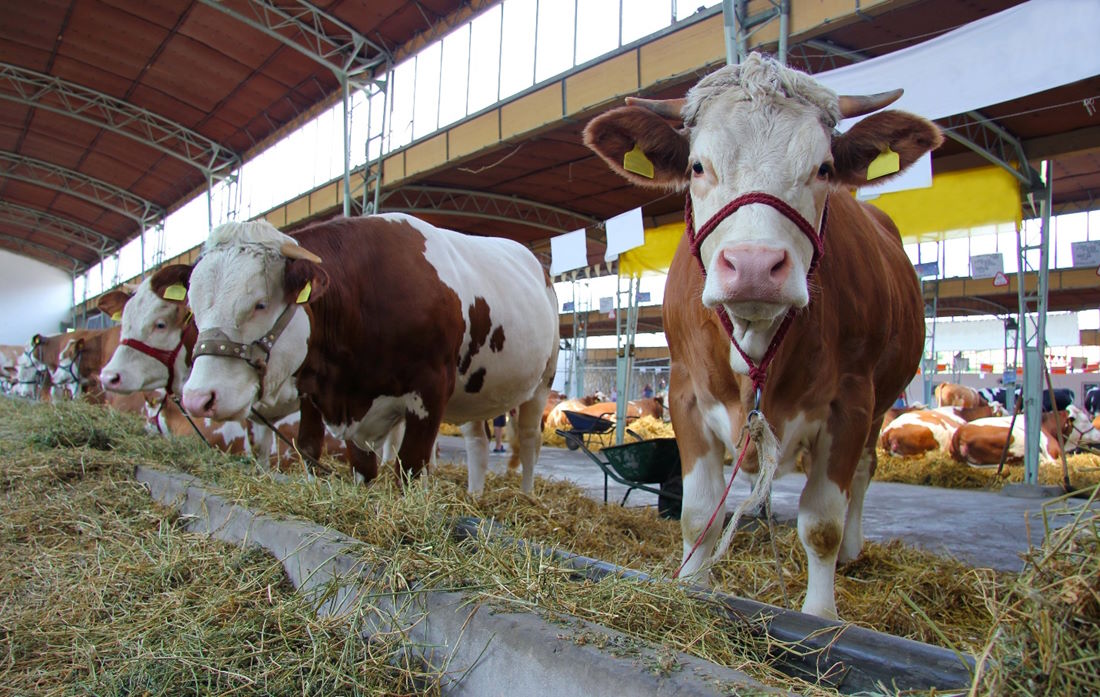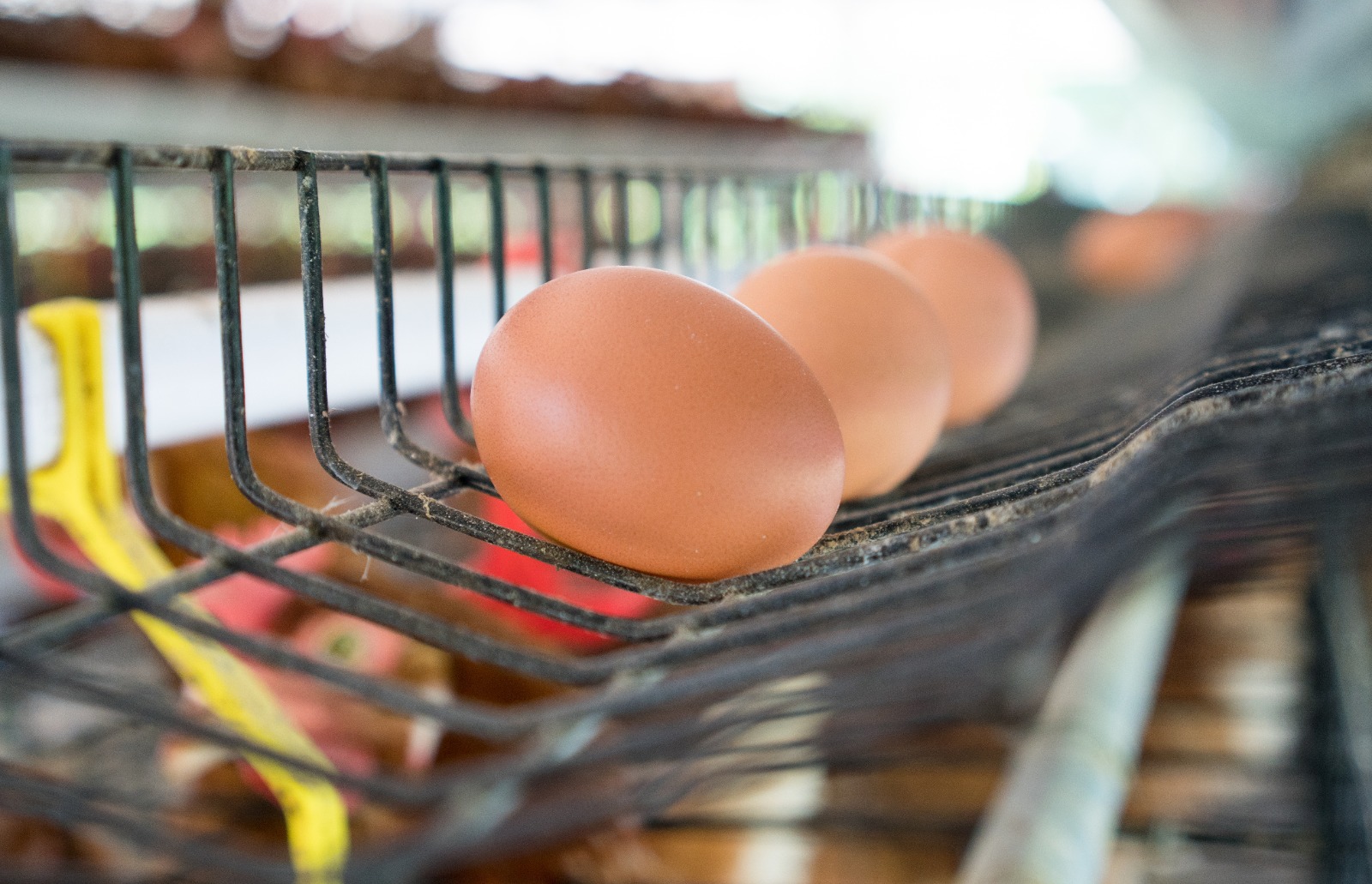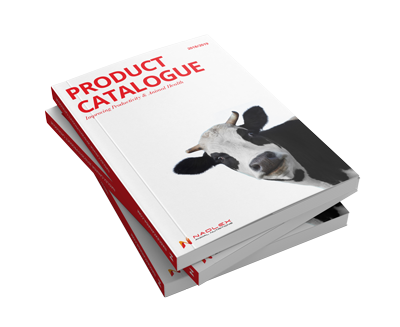
Nearly 34 million cattle were raised for meat in the United States in 2021, according to the USDA.
Cattle raised for meat are usually on range for their first six to seven months of life. This initial ability to walk around, socialize, and eat the food most readily digestible for cows means that these animals start off with better lives than many other farmed animals, such as pigs, chickens, and dairy cows.
However, conventional beef cattle systems also incorporate painful mutilations like castration, dehorning and disbudding, and branding, all without any medical relief for the pain. Even tail docking, typically associated primarily with dairy farms, may be performed when cattle raised for meat spend their early months not on the range but in cramped indoor barns.
Whether cattle raised for meat start their lives on the range or inside a barn, however, they end up on a feedlot for their last six months before being sent to slaughter. At the feedlot, cattle are confined together in dirty conditions, standing on unnatural slatted concrete floors or in muddy “dry lots” free of vegetation. They are fattened on grain, which causes internal stress and disease because cattle stomachs have evolved to digest forage (i.e., grasses), but are poorly adapted to digest the grains and concentrates (e.g., corn) that producers use to fatten them more quickly.
High-welfare, pasture-based farms allow cattle raised for meat to graze and stay in their bonded groups throughout their lives. They spend most of their time outdoors and are allowed to express natural behaviors and eat the food they prefer the way they adapted to eating it, by grazing.
Dairy beef helps the beef supply chain.
As consumer demand for beef increases and the average number of beef cattle in feedlots dwindles due to current drought conditions in the West and Midwest, beef packers are leaning more on the dairy industry to supplement supplies with beef-sired dairy cross steers.
“Feedlots are more seasonal, and dairy herds are not. Dairy beef calves can flow through feedlots year round,” says Erf.
Erf adds that another benefit of dairy beef for packers is traceability, a subject that neither industry has capitalized on.
“The concept of farm to table is about traceability, and dairy farms have the tools in place to provide that,” he says.
Dairy farmers are required to identify every animal in their herd with a premise tag, and it stays with the animal throughout its life to provide a data stream of that animal from birth until death. It’s like an age source verification, says Erf.
Greenleaf says the future for beef on dairy breeding will remain a hot commodity on dairy farms for a while.
He adds that there are many more marketing opportunities for dairy farmers, either by contracting with feedlots or directly marketing dairy beef to consumers.
“What started with one or two doing it here and there is now a growing trend,” says Greenleaf.
Post a comment
You must be logged in to post a comment.







